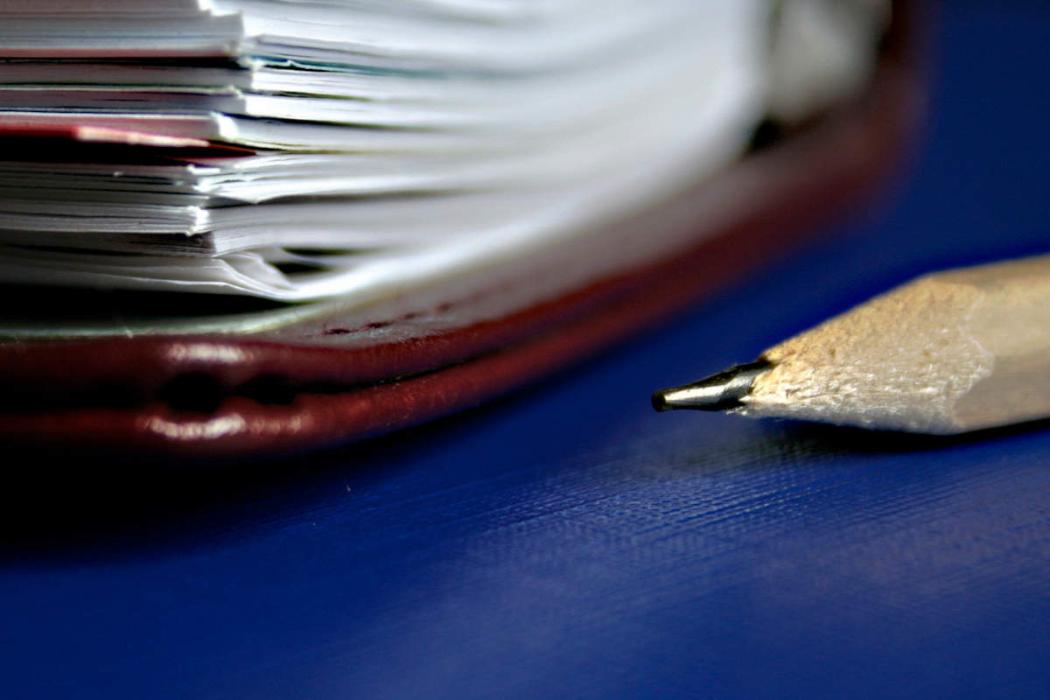
Do you think much about using transition in your writing? It’s one of many practices that separate good writing from mediocre writing.
Transition words and phrases link your ideas together smoothly and allow readers to make predictions about what will come next in your document. For example, if you see the word therefore in the middle of a document, you know the writer is establishing a cause and effect. But, if you see the word however in a document, you know the writer is about to establish a contrast.
Transition words help your readers identify the progression of your content through multiple paragraphs in both shorter and longer documents.
How to Use Transition
Using transition words and phrases (such as also, moreover, because, since, although, next and finally) is the most common way to create transition, but there are three other techniques you can use.
First, use repetition of words or ideas. For example: We offer multiple workshops in communication. These workshops can teach you about writing effective emails and letters.
Second, use a specific reference to numbers instead of vague references such as few, many or some. For example: You will learn three types of report formats in this webinar.
Third, use a reference to time. For example: During the last five years, we competed with three other software suppliers. Now, two of those companies have gone out of business.
Help make your messages clear, precise and compelling by including transition in your writing. (But be careful you don’t overdo it!)








